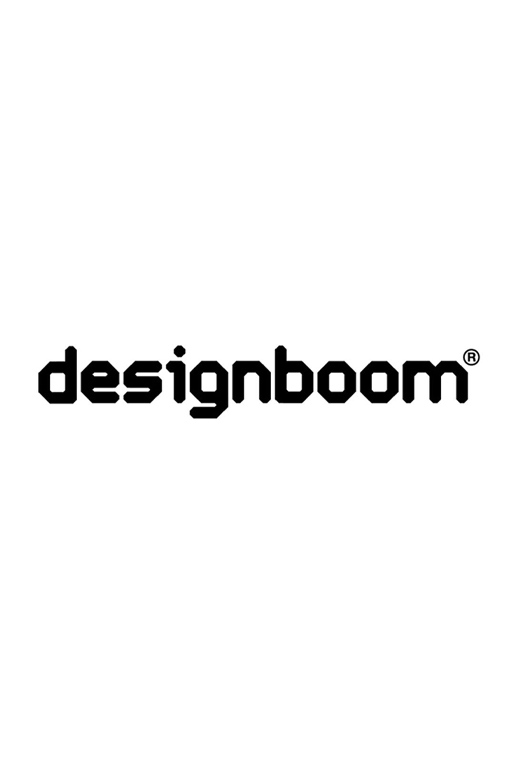
Designboom Website
Presence in Hormuz 02 (Hormuz Island, Iran) is published on the Designboom website.
ZAV architects builds colorful village of rammed earth domes on Iran's Hormuz island
Comprising colorful rammed earth domes, this vibrant multipurpose cultural residence has been designed by ZAV architects as part of a broader initiative on Iran’s Hormuz island. ‘Hormuz is a formerly glorious historic port in the strategic strait of Hormuz in the Persian Gulf, south of Iran, that controls the shipment of petroleum from the middle east,’ explain the architects. ‘The island has outstanding colorful surreal landscapes. Oddly, the local inhabitants of the beautiful, touristic and politically strategic island struggle economically, getting involved in illegal trafficking activities using their boats.’
‘Presence in Hormuz’ is a series of urban developments by ZAV architects that seek to empower the island’s local community. Following another cultural project, the initiative’s second phase is a multipurpose building called ‘Majara’ that ties together the lives of local people and visitors both culturally and economically. ‘In a country where the state struggles with political disputes outside its borders, every architectural project becomes a proposal for internal governing alternatives, asking basic questions: What are the limits of architecture and how can it suggest a political alternative for communal life? How can it attain social agency?’, continue the architects.
ZAV explains that the project is a continuous process that aims to build trust rather than architectural objects. The scheme comprises a multitude of small-scale domes built with the ‘Superadobe’ technique developed by iranian-born architect Nader Khalili. The small scale of the domes makes them compatible with the building capabilities of local craftsmen and unskilled workers. ‘Today they are trained master Superadobe masons, as if Nader Khalili multiplied exponentially,’ says the design team.
The colorful nature of the project references the topography of Hormuz island. ‘In this project a carpet is woven with granular knots inspired by the particles that make up the ecotone of the island,’ ZAV continues. ‘The sandbags that create the spatial particles (aka domes) are filled with the dredging sand of the Hormuz dock, as if the earth has swollen to produce space for accommodation.’
The domes are capable of accommodating a variety of programs, with the majority of them providing living accommodation. Other domes contain communal areas with space for residents to do laundry or dine in an on-site café. There are also rooms dedicated to handicrafts, prayer, and even a tourist information area.
According to the architects, meaningful social change can be achieved by following four main principles: 1. Building economically, to the benefit of the client; 2. Earmarking a bigger share of the budget to labor costs rather than expensive imported materials, (this also benefits the local population by empowering them with construction skills); 3. An adaptive and future-proof spatial scenario that can respond to unpredictable needs, to the benefit of the client and the island; 4. Using materials and human resources from Iran, to reduce construction and transportation costs and increase the GDP, to the benefit of the whole country.
‘Architecture has the capacity be a mediator in the middle ground that converges the interests of different groups, from the state and investors to various classes and groups of people,’ concludes the design team. ‘Majara does so in bringing together the owners of land from the neighboring port of Bandar Abbas who organize an annual landart event in Hormuz, the investors from the capital city Tehran, and the local people of Hormuz as partners in the project.’
